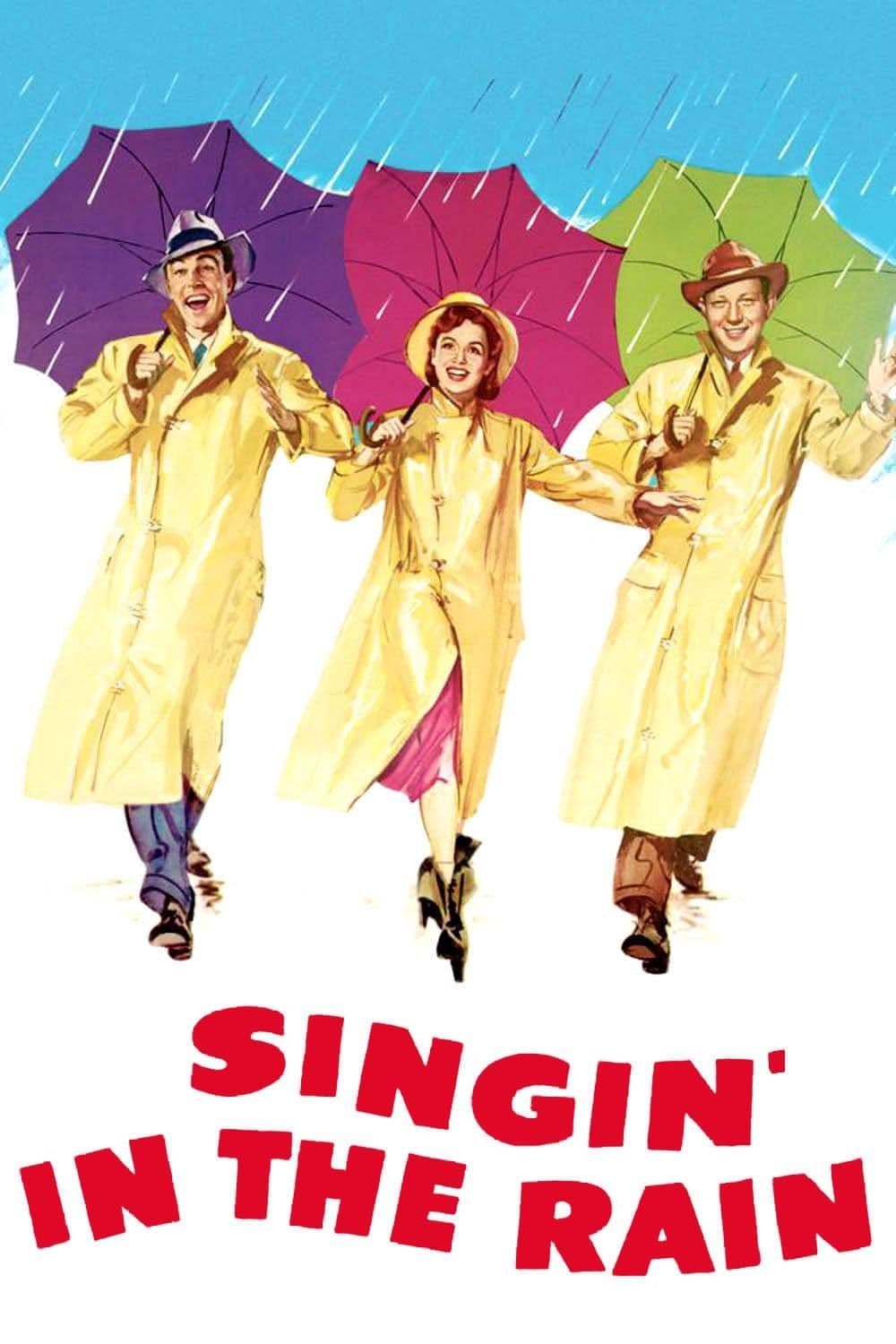
Singin' in the Rain
1952
Rate this movie
Average: 0.00 / 5
(0 votes)
Directors
A film that, in a sense, laid the groundwork for musicals and opened the doors to dance within Cinema with the help of a great host: Gene Kelly. It is not an exaggeration to state that "Singin' in the Rain" is not only a milestone of the genre but its true apogee, a pinnacle of perfection that redefined choreographic language on the big screen. Where Fred Astaire, despite his unparalleled ethereal grace, often conceived dance as a spectacular interlude, a virtuoso performance distinct from the narration, Kelly rooted it in the diegesis, making it organically spring from the characters' emotions and the surrounding environment. His dance was not merely aesthetic but narrative, a physical and visual extension of the story.
Kelly directs, Kelly choreographs, Kelly Dances, Kelly sings, Kelly acts, in short: a true Deus Ex Machina. His omnipresence is never overwhelming, but rather the manifestation of a total artistic vision, a masterful control over every element of the staging. This multifaceted nature elevates him to a titanic figure in the history of cinema. He does not merely interpret a role; he embodies the pulsating soul of the film, shaping every frame with almost sculptural precision.
It is noteworthy, in fact, how the skilled dancer was also behind the camera, assisted by Stanley Donen. Their collaboration, a creative partnership between two brilliant minds, gave rise to revolutionary directorial solutions for the era. Suffice it to consider the pioneering use of the camera, which does not merely record the choreographies, but follows them, chases them, anticipates them, becoming an integral part of the dance itself. The long, uncut takes, which highlight Kelly's physicality and skill, contrast with the more fragmented practices of the time, elevating dance to a pure cinematic art, almost pictorial in its movement through space. The anecdote, perhaps a legend, of the famous scene in the rain, shot by Kelly with a high fever, only makes more vivid the image of an artist with an almost maniacal dedication, willing to sacrifice his well-being for the perfection of the work. That incredible sequence, which gave the film its title and its most iconic image, is an urban ballet of pure joy, an irrepressible celebration of happiness that spills contagiously onto the viewer, transcending the banal act of walking in the rain to transform into a hymn to life.
The story is that of a cinematic couple who reached the peak of success in 1927. However, the new film he is working on also requires singing abilities, as it is a musical. This narrative core is, in fact, an ingenious metaphor for Hollywood's golden age, a sharp satire on the advent of sound that swept through the film industry. The transition to 'talkies' from silent films was not painless: actors with shrill voices, inadequate diction, or strong accents saw their careers shattered, while new stars emerged from the ashes of an era. The film explores with bittersweet irony the technological challenges, the initial clumsiness of the microphone hidden in plants, and the human dramas behind the scenes, hilariously embodied by the figure of Lina Lamont, whose shrill voice is a concentrate of irresistible comedy and pathetic vanity. "Singin' in the Rain" is not just a musical, but a meta-cinematographic work that reflects on the ephemeral nature of celebrity and cinema's capacity for reinvention.
Further complicating matters will be the presence of a young actress who makes the protagonist fall in love. The love triangle, a classic narrative device, here serves to explore themes of authenticity versus fiction, natural talent versus constructed artifice. Kathy Selden, with her melodious voice and genuine charisma, represents the future of cinema and the purity of art, contrasting with Lina's hypertrophied ego and artistic fragility.
A suave and polished work, which lightens any hermeneutic forced interpretation. Its narrative and visual fluidity is such that it makes any attempt at overly pedantic analysis slip away. The film does not need to be dissected; it should simply be experienced, absorbed in its aesthetic totality.
The expressiveness of bodies, the language of postures, mime, and dance, gracefully takes over without any form of overbearing imposition on any attempt at judgment. The "Broadway Melody Ballet", in particular, is a masterpiece of choreographic abstraction, a sequence that detaches from the narrative to become pure movement, color, and sound, an essay on the musical's ability to transcend the plot to reach heights of lyrical expression. It is a moment of pure visual surrealism reminiscent of the artistic avant-garde of the early 20th century, where dream and fantasy overcome logic. Even an apparently simple number like "Good Morning," danced with unbridled joy on a sofa, a ladder, and a series of furniture pieces, becomes a hymn to contagious joy, a demonstration of how happiness can transform the everyday into a stage of unexpected beauty.
It is the poetics of movement that prevails, for once, over that of the word. In an era that celebrated the triumph of sound and dialogue, "Singin' in the Rain" reaffirmed the primacy of the universal language of the body, music, and dance. The film demonstrates that art does not need verbal explanations when emotion can be so powerfully communicated through a tap dance step, a pirouette, or a smile. It is a hymn to expressive freedom, to the ability to overcome linguistic and cultural barriers through the pure joy of movement and rhythm. Its legacy still resonates today, influencing countless works and reminding filmmakers that cinema, in its purest essence, is first and foremost a visual and kinetic art.
Intoxicating. A masterpiece that continues to enchant generations, a contagious celebration of joy, art, and the human capacity to transform obstacles into opportunities, rain into a melody, and life itself into a dance.
Country
Gallery
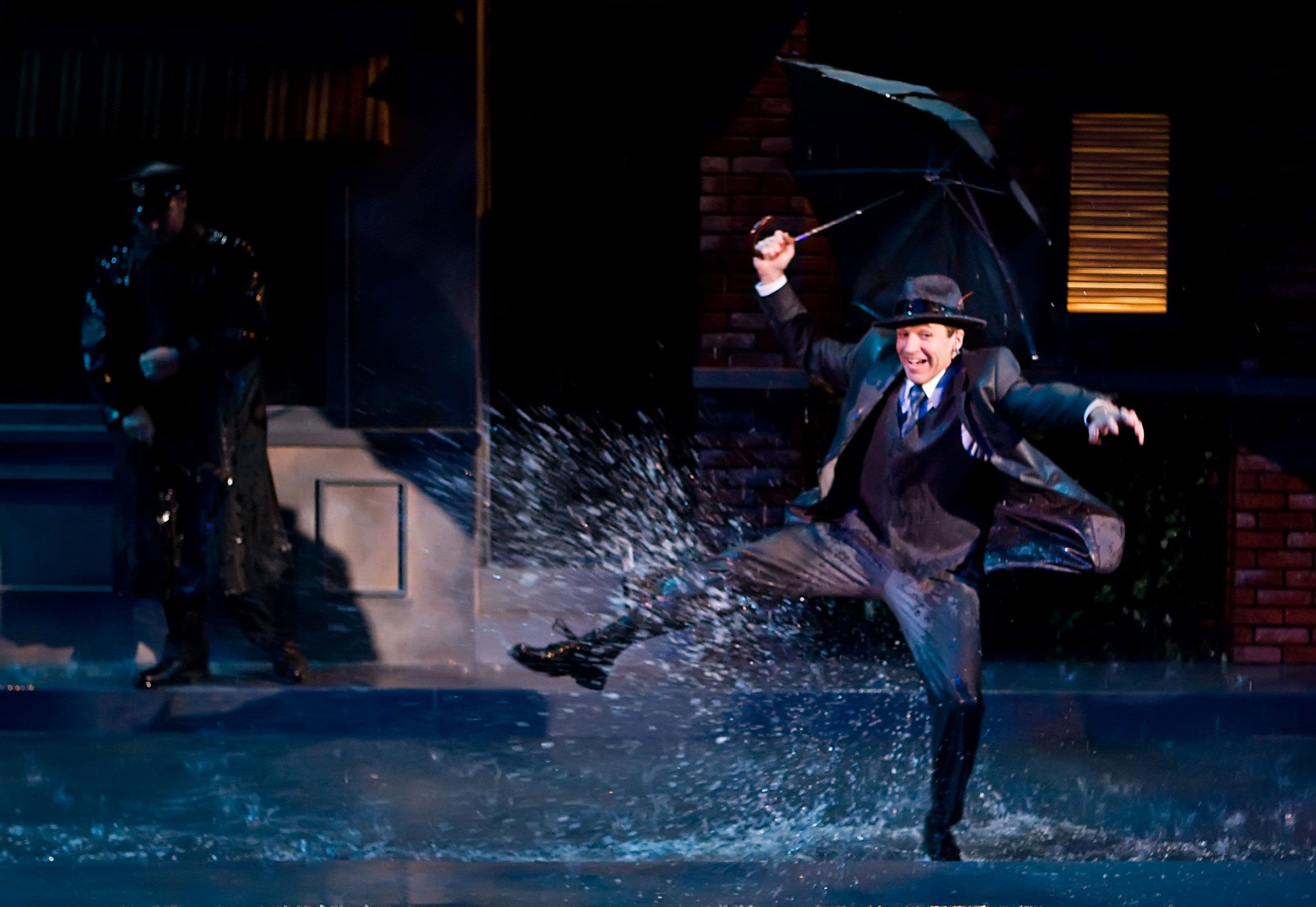
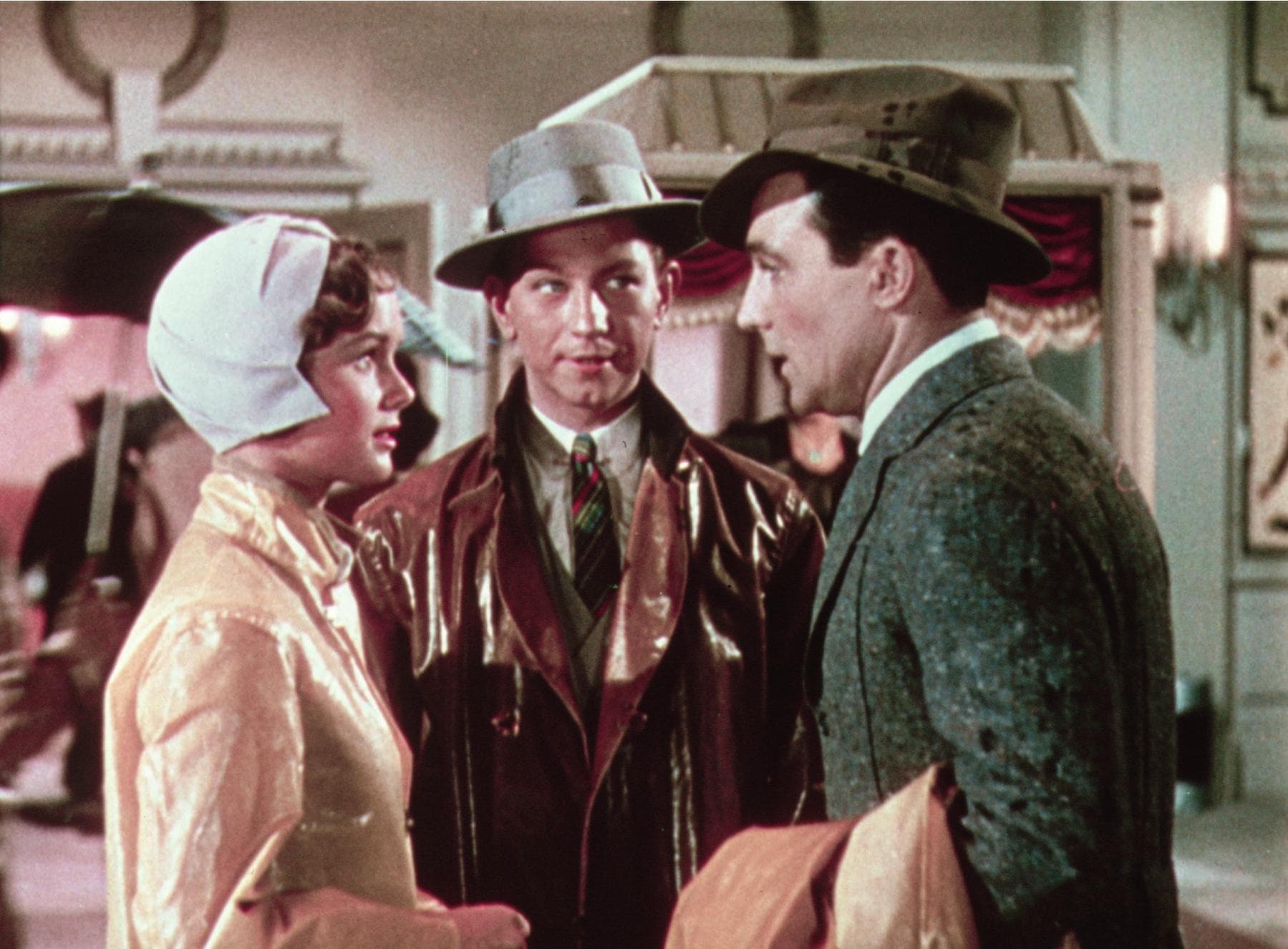
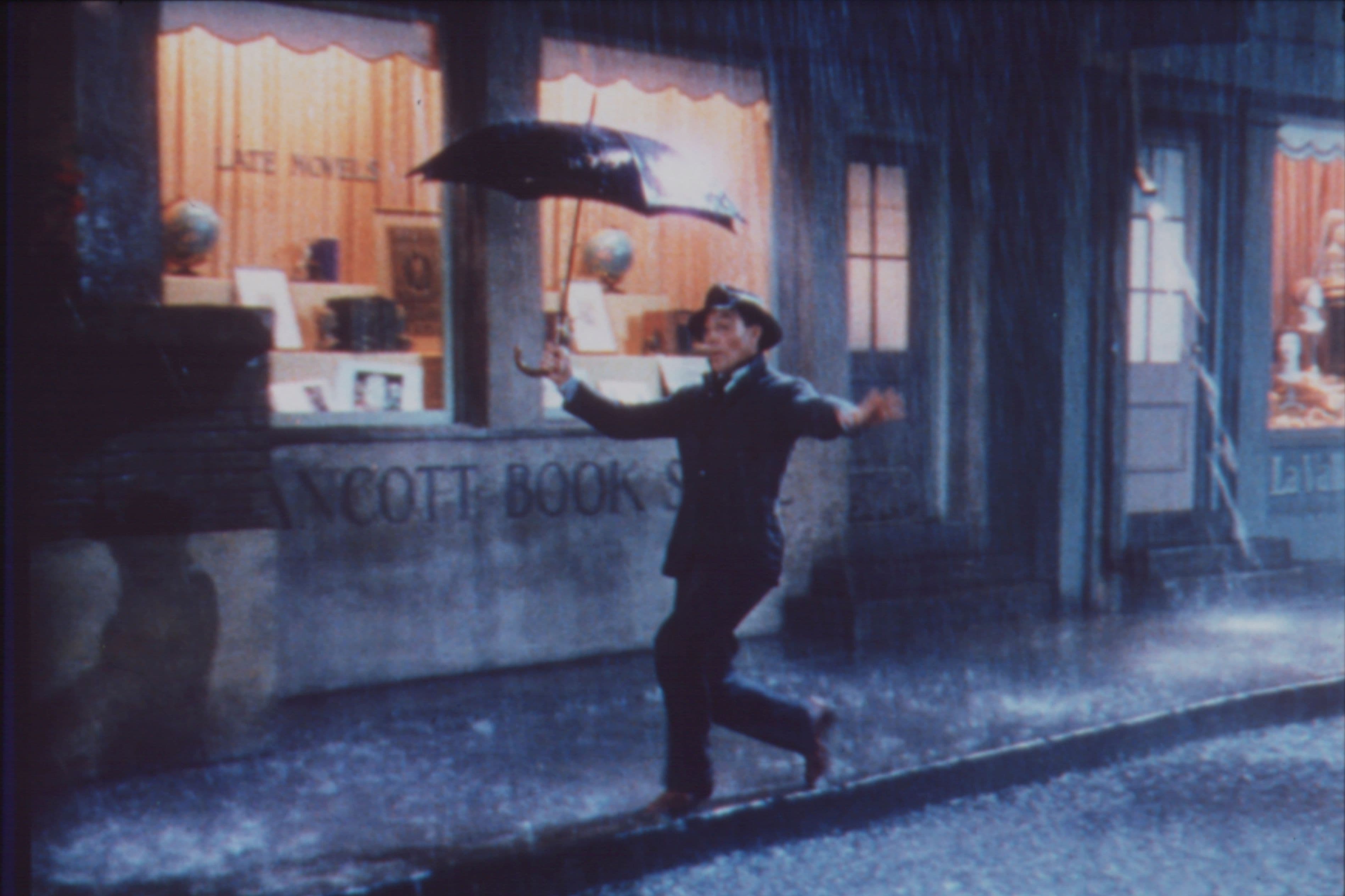

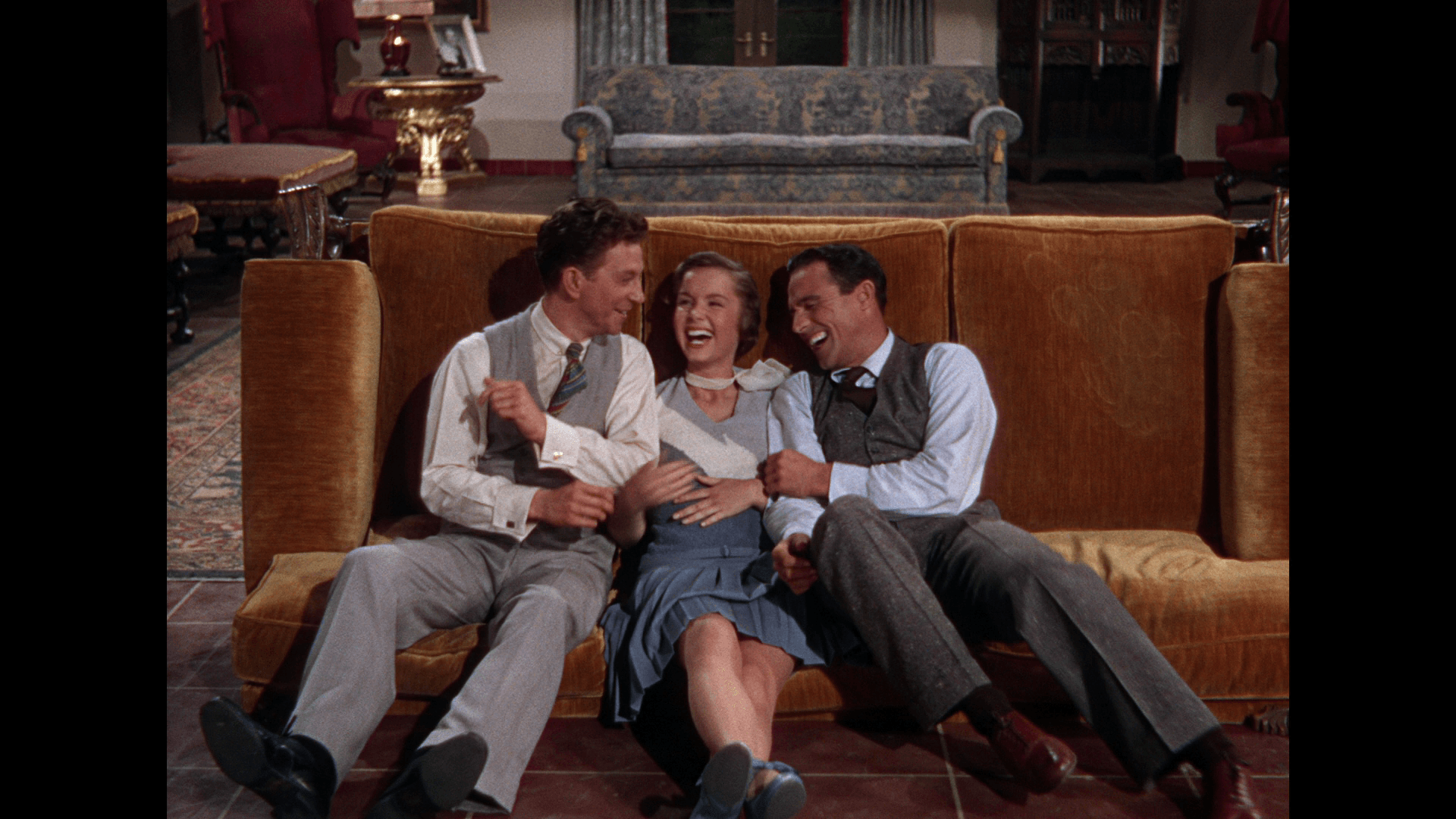
Featured Videos
Official Trailer
Comments
Loading comments...